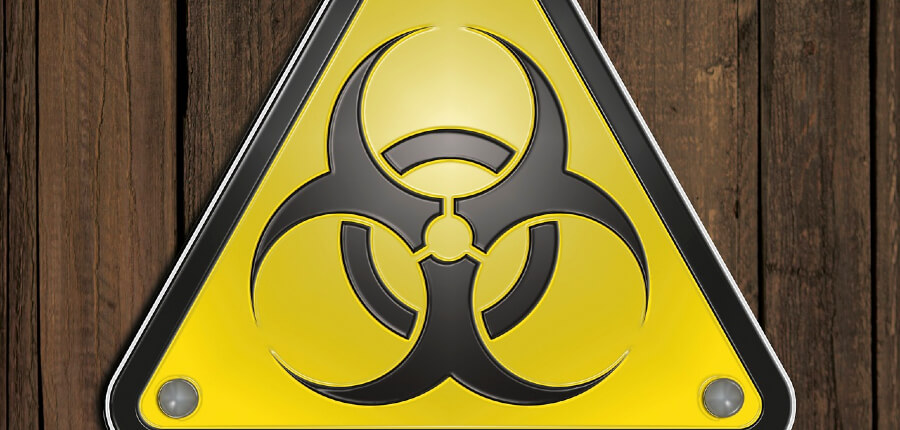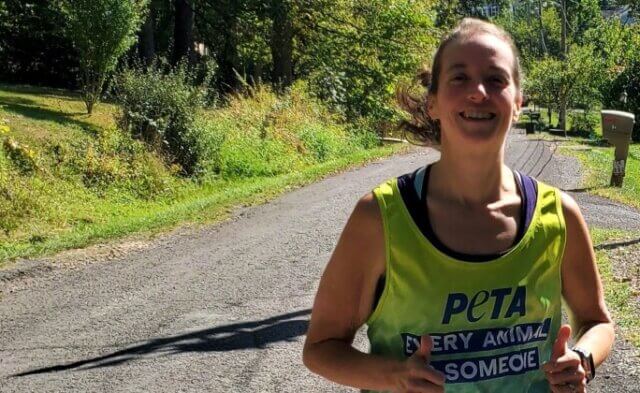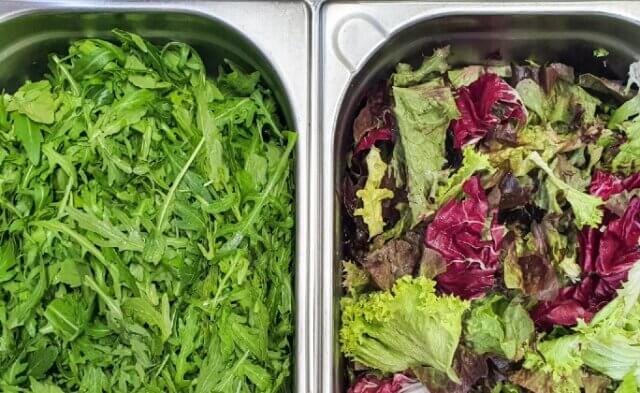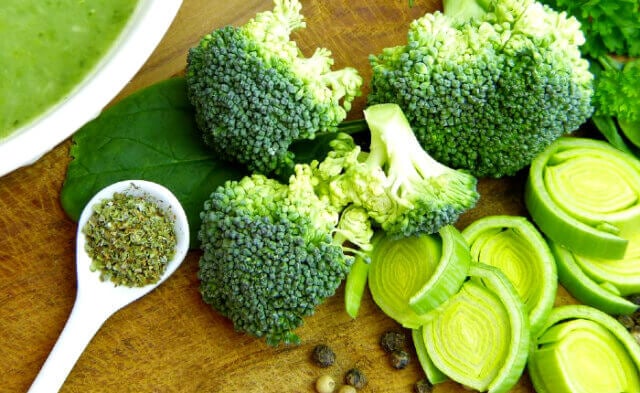Anyone who’s ever bought or sold a home built before 1978 knows all about the lead-based paint inspection. It can cost several hundred dollars, and completing all the required disclosures and documentation seems to take an eternity. But as a new report from the nonprofit organization Environmental Health Sciences explains, the biggest threat posed by lead poisoning might not be on our walls buried under coats of eggshell Behr. It might be in food banks across the country.
It happens like this. Most hunters use lead bullets, so the bodies of the animals they shoot contain lead fragments. They often give the body parts they don’t want (e.g., the parts that aren’t “trophies”) to a food bank, frequently in exchange for a tax credit, and this meat can be contaminated with lead. Most states don’t have a lead-inspection program for meat from hunted animals, so it goes right into the hands of families in need.
A study conducted in North Dakota found that almost 60% of the venison donated to food pantries contained lead fragments. In the midst of the economic downturn caused by COVID-19, Environmental Health Sciences estimates that food banks could unknowingly hand out “potentially hundreds of thousands of lead-contaminated meals this year.”
That’s especially troubling when you consider that a large number of food-insecure households are those with children and pregnant women—the same groups who are the most at risk of serious health problems from lead poisoning.
The Mayo Clinic reports that since lead poisoning can be hard to detect, there are often no signs or symptoms until a dangerous amount has already accumulated. Exposed children may suffer from hearing loss, difficulty learning, developmental delays, damage to the kidneys and nervous system, and seizures. Adults may experience pain, high blood pressure, memory loss, headaches, mood disorders and kidney and nervous system damage. Pregnant women are at an increased risk of preeclampsia and miscarriage. Lead poisoning can be fatal.
So, just inspect the meat, right? Well, states that do have inspection programs, such as Minnesota, illustrate why that’s not a great solution.
Environmental Health Sciences found that last year, inspecting roughly 13,000 pounds of donated venison cost the Minnesota Department of Natural Resources—which is largely taxpayer-funded—more than $100,000. That means that those “donations” cost the state about $7.70 per pound. By comparison, 1-pound bags of many varieties of safe, protein-rich legumes cost less than $1 at Target and make several meals.
If hunters were truly concerned about food insecurity, it would be much easier, safer and more cost-effective for them to donate shelf-stable proteins such as dried beans and grains to food banks. But don’t expect them to trade in their guns for grocery carts any time soon.
I think most of us are aware that “feeding the hungry” is just another excuse that hunters like to trot out as a justification for gunning down animals who were peacefully minding their own business.
Hunters kill for the “thrill” of it. And that’s getting harder and harder to justify.





